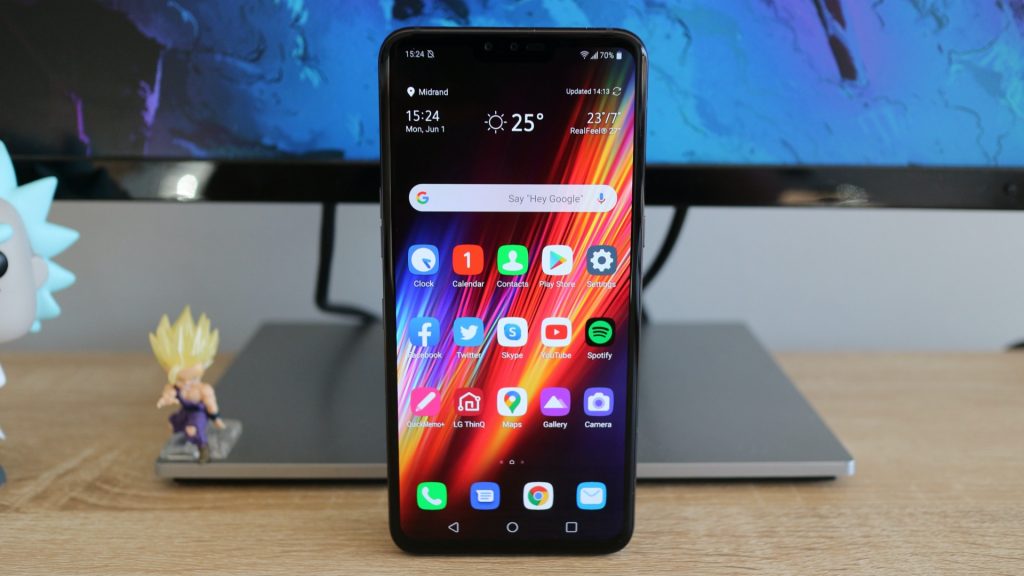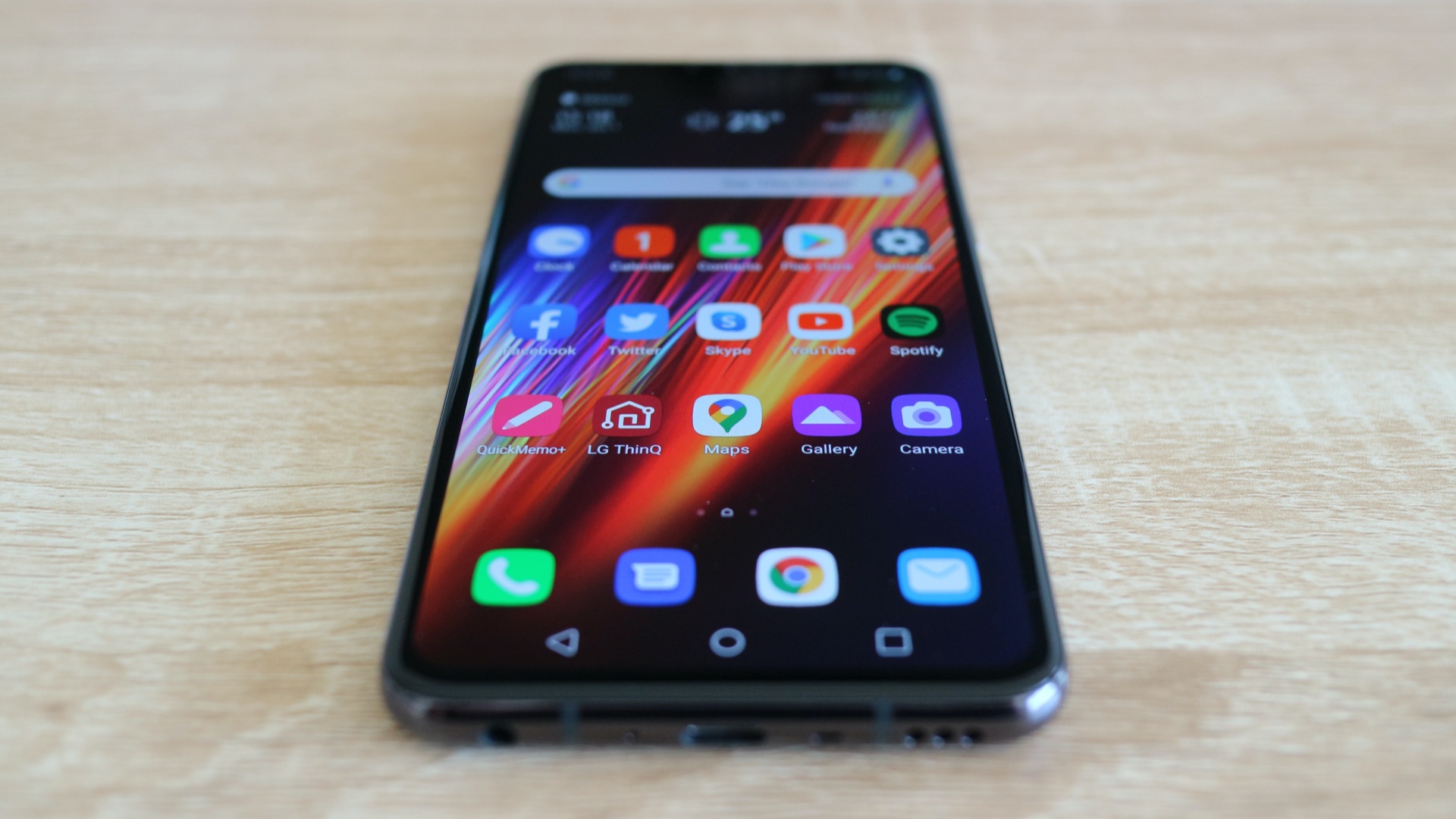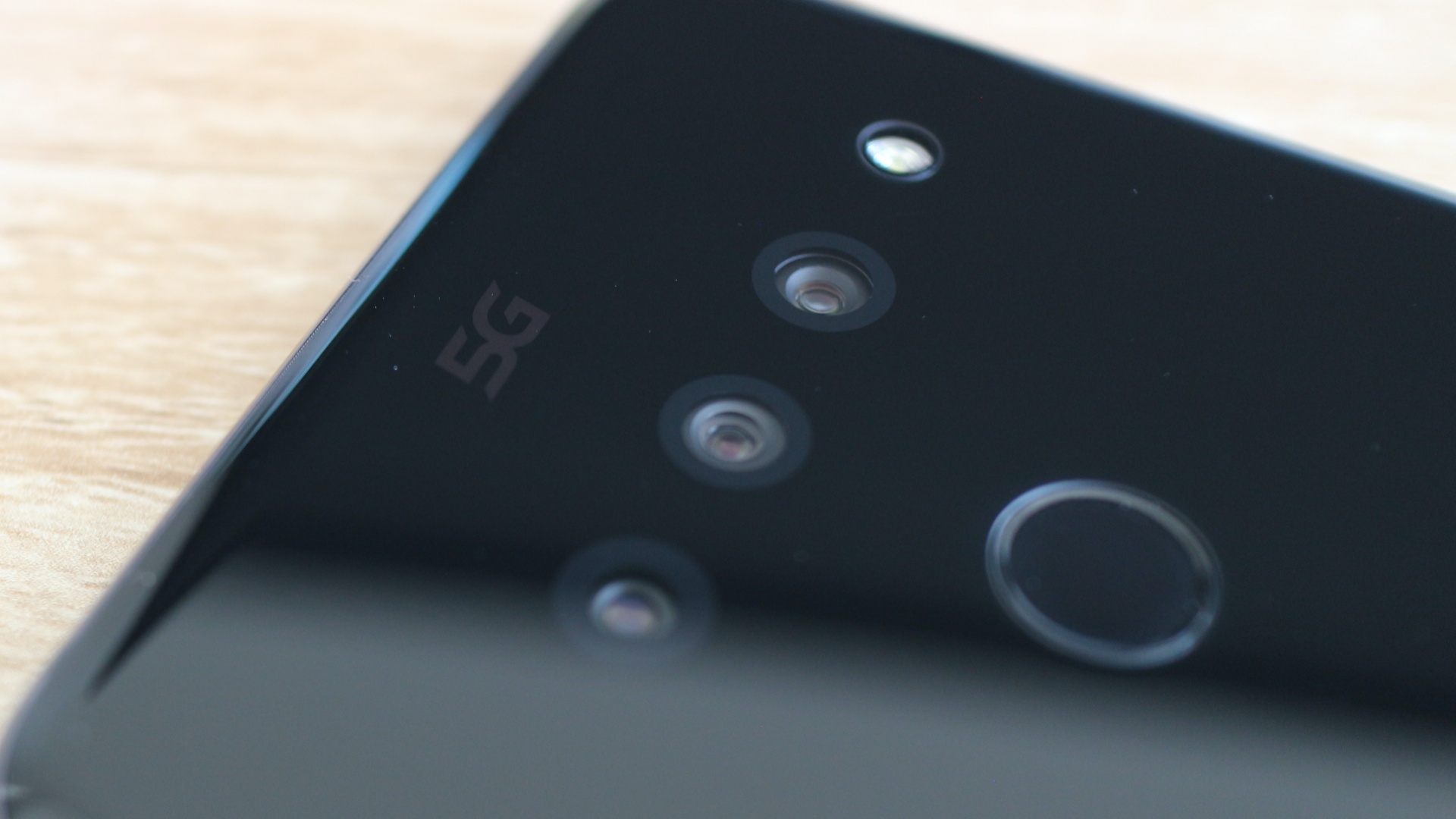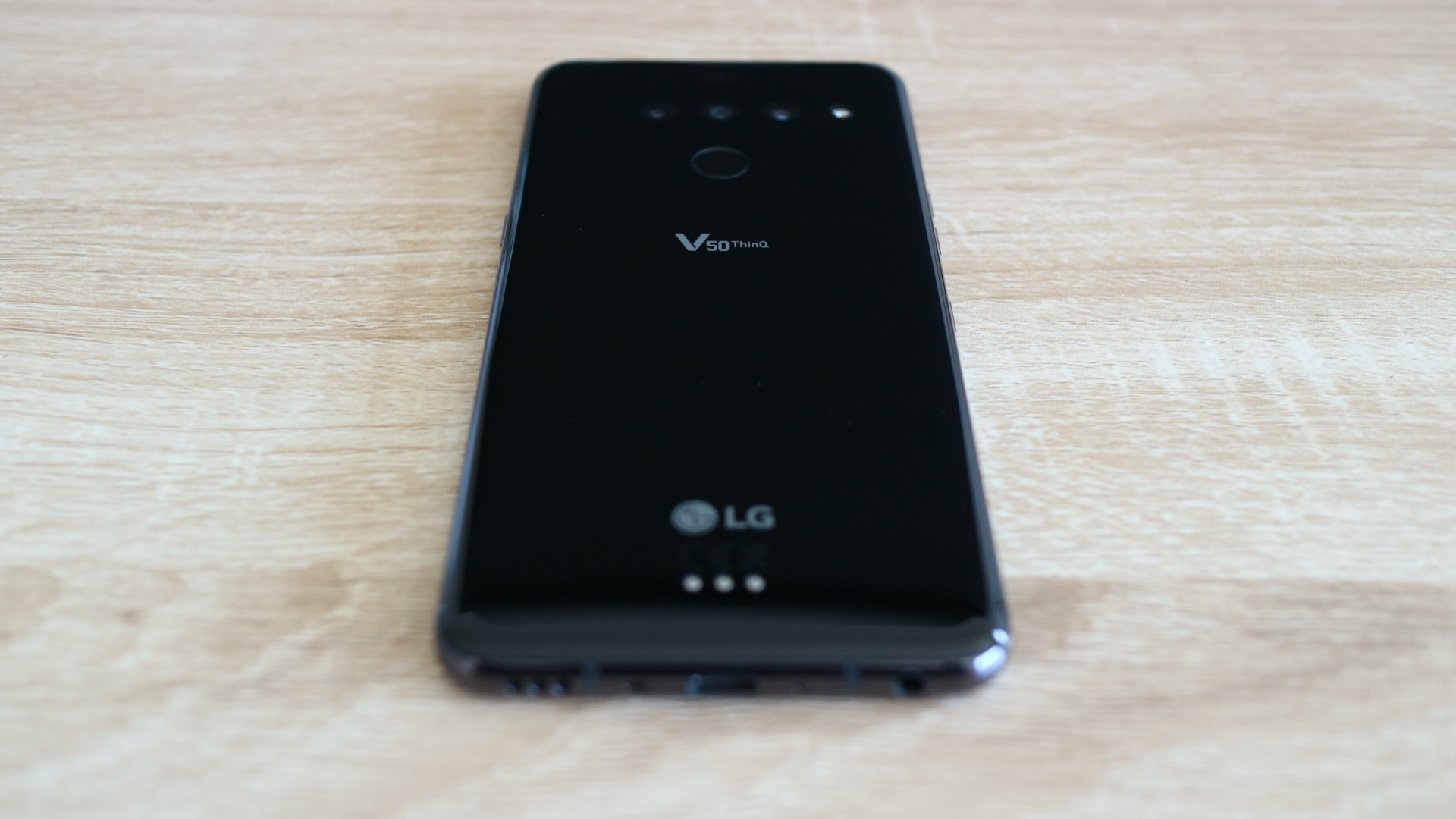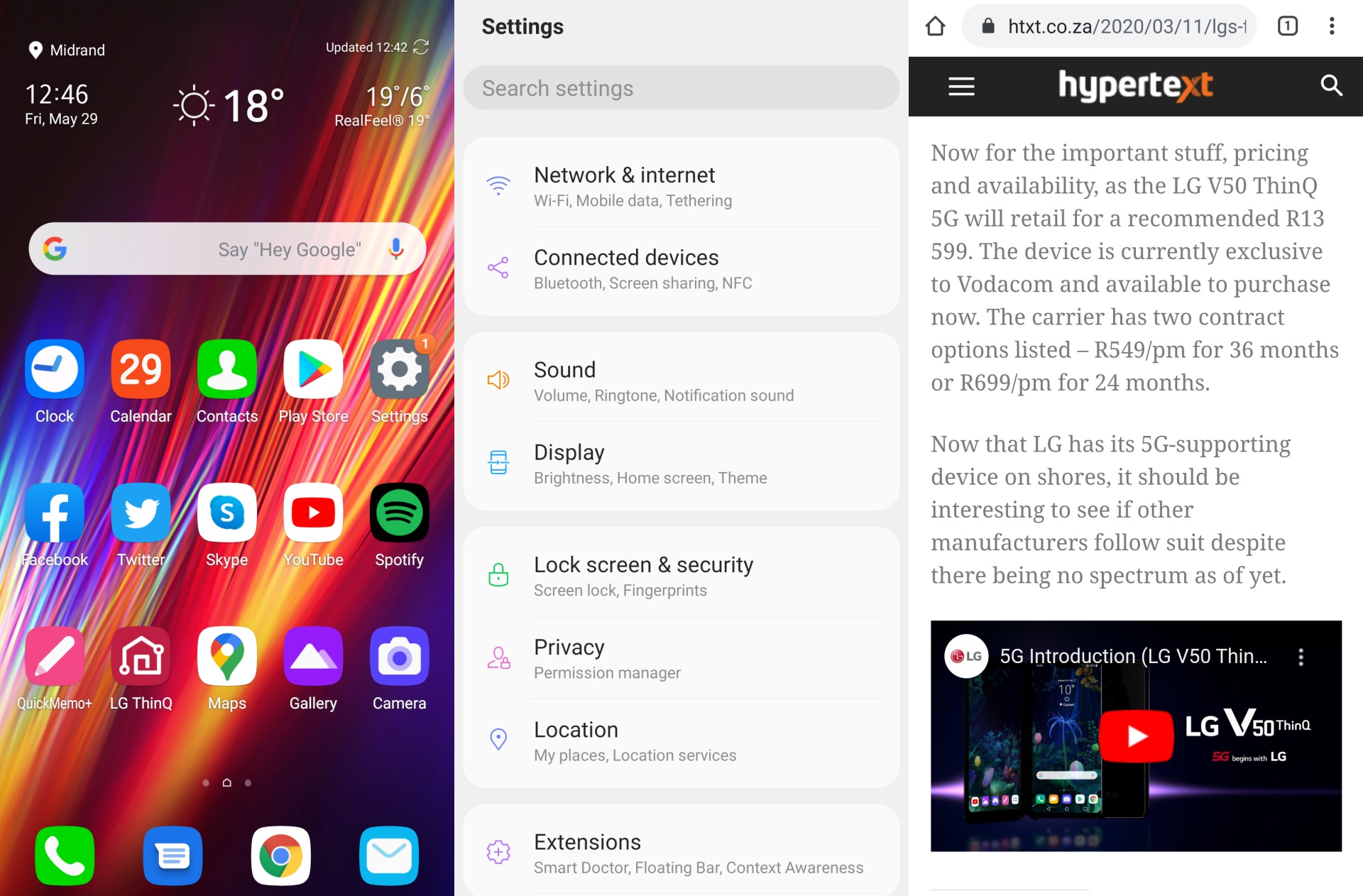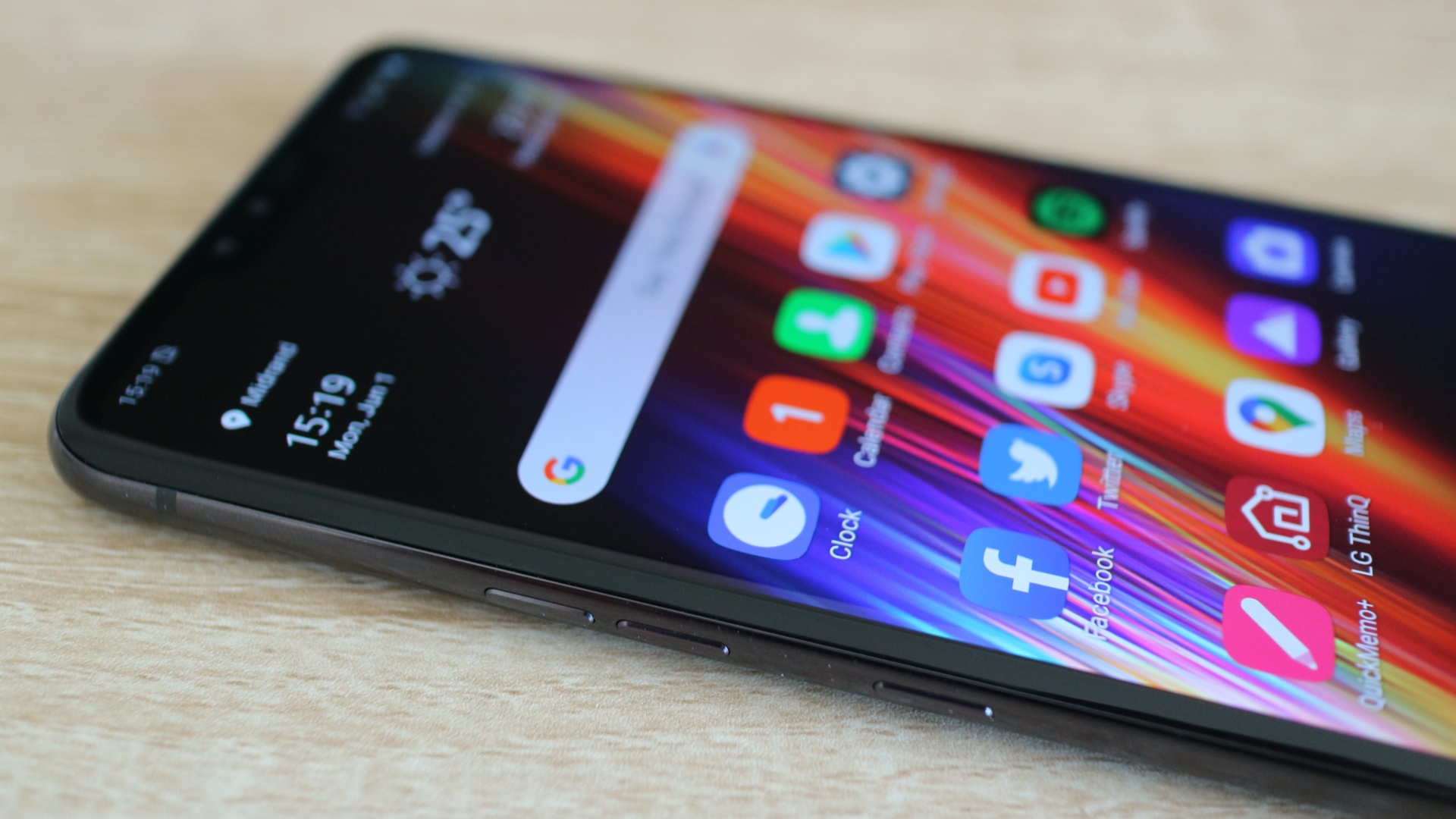What was the first smartphone to officially launch locally supporting 5G? The answer may surprise you as it’s not Samsung or Huawei, and Apple is still a year off from making that a reality. It’s in fact another South Korean, with Vodacom bringing the LG V50 ThinQ 5G into the country at the beginning of the year.
If the device isn’t too familiar to you, that’s because it took awhile to get to South African shores. Initially unveiled at MWC 19 last year by LG, the V50 ThinQ 5G, like many devices of its ilk, did not have a native network to support the new broadband standard, but that’s no longer the case now.
Vodacom seeded the LG V50 ThinQ 5G to us in order to test out the capabilities of its new commercial 5G network, which we did here, and now we’re looking at the device itself to find out whether it’s worthwhile buying in a year when more 5G devices are on the horizon.
Here are our thoughts after a few weeks with the LG V50 ThinQ 5G.
Sleek and stylish
So let’s kick off as we always do with design. Here LG is not doing anything drastic or dramatic in terms of looks. Like many flagship phones these days, especially in the black colour option of our review model, the V50 ThinQ is best compared to the monolith from Space Odyssey.
It’s large, with a 6.4″ display up front. Added to this is the now standard screen notch to house its front facing cameras, which we will touch on later, along with being swathed in Gorilla Glass 5 and 6 for the front and back respectively, and aluminium taking care of the frame.
All in all the V50 ThinQ is a fairly slick piece of tech, if a little boring on the surface.
Interestingly this flagship device does not feature some of its brethren do, such as the absence of under-the-display fingerprint sensing. Instead a sensor is found on the rear below the triple lens setup.
There are also a trio of smart pins for attaching the V50 ThinQ to LG’s Dual Screen accessory, as well as a subtle 5G logo near the top of the back cover hinting at the performance it is capable of.
A smooth ride
Powering up the V50 ThinQ, it begins to show what it can do. The P-OLED 3120 X 1440 resolution-touting display is one of the better we’ve encountered on a flagship phone of late.
As such it makes watching videos and playing games in particular an altogether better experience.
The device itself is also rather slippery, given all the glass that is at work here. Curiously, the review model we received did not come with any plastic cover to protect the device.
Whether this was simply an omission for our review unit, or something that simply is not being packaged for the V50 ThinQ, if you’re thinking of getting this device, make sure a cover of some kind is purchased too.
Shifting back to what’s happening beneath the glass and metal, LG has opted for Qualcomm Snapdragon 855 (7nm) chipset internally. This octa-core prcoessor has since been improved upon by Qualcomm, such is the iterative nature of mobile silicon these days, but is nonetheless a powerful piece of tech.
In our time using the device, it never showed any signs of strain, despite the numerous 5G tests and multitasking we put it through.
Unfortunately we could not compare it in benchmark testing with other similar specced devices via AnTuTu (it has been pulled from the Google Play Store at the time of writing), but tests in in 3D Mark’s Slingshot Extreme with a score of 5 625 show a device that can handle graphic-intensive tasks handily.
There’s also a generous 6GB of RAM to call upon, as well as 128GB of onboard storage, so even by 2020 flagship phone standards, the V50 ThinQ has more than enough to offer.
Solid all-round shooting
Next is the photographic performance of the device, with LG putting in some solid work in that regard in recent years.
The selfie camera we highlighted earlier is dual-lens in orientation and offers up a 8MP and 5MP option, with the latter taking care of wider angle shots. These perform as expected and capture more than enough detail for good selfies.
What we were more interested in testing out though, was the primary camera setup, which consists of a 12MP standard, 12MP telephoto and 12MP ultrawide lens. The performance here was a tad mixed, particularly when it comes to shooting indoors (which we’ve had to do a lot of thanks to lockdown).
In low light environments you may find yourself adjusting the brightness slider at the bottom of the camera interface in order to get a more accurate representation of what you’re photographing. Once you do though, things look richly detailed. While there is some tinkering involved, overall the V50 ThinQ won’t let you down when snapping pictures.
Another area that proved solid was battery life. The V50 ThinQ has a large 4 000mAh unit onboard, so one and a half to two days battery life is expected under heavy use, but even in those scenarios, this phone does an expert job of sipping on power. As such, visits to the plug point are not that frequent.
Final verdict
In terms of value for money, the LG V50 ThinQ 5G has a lot to offer. The flagship phone costs roughly R13 599 depending on the retailer you head to, which in 2020 is hard to come by for a device that supports 5G.
Yes, there are more powerful flagship phones on the market, and devices with better 5G capabilities, but for cost savvy users out there, the V50 ThinQ is highly serviceable.
With the Huawei P40 Pro 5G being the only other device currently supporting 5G locally, but missing Google Mobile Services, the V50 ThinQ becomes a worthwhile option for Android users.
Sure, it was technically a year-old before launching in South Africa, but its specifications are still top notch, and crucially it won’t break the bank for access to 5G connectivity. If having access to the new broadband standard is important to you, the LG V50 ThinQ 5G needs to be looked at.

